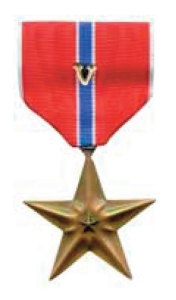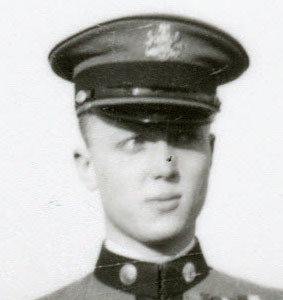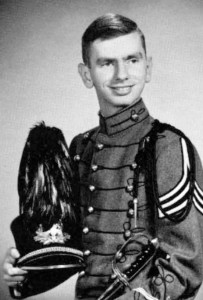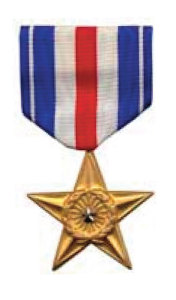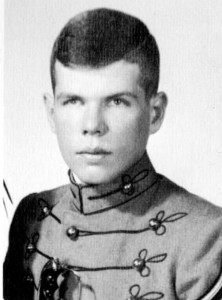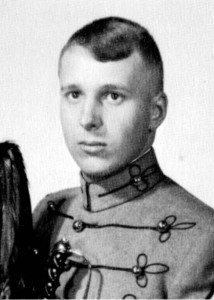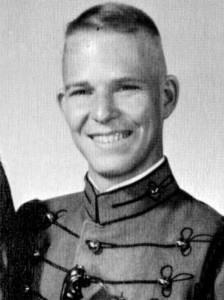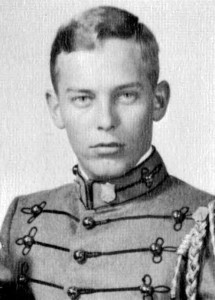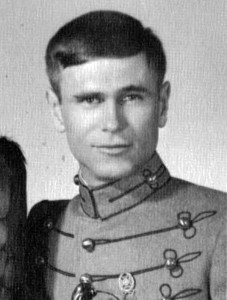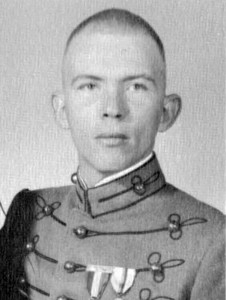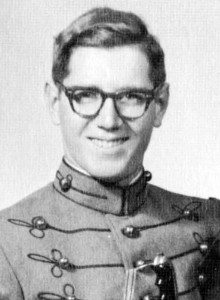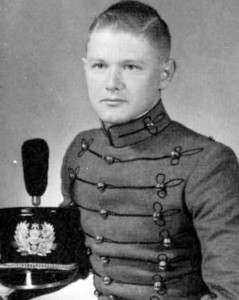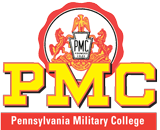William J. Wolfgram
Class of 1943
3rd Battalion, 87th Regiment, 10th Mountain Division, Fifth Army, USAFE
Bronze Star w/Valor For heroism during an assault of an enemy held mountain peak near Mt. Della Vedetta, Italy in 1945. 2nd Lieutenant Wolfgram commanded the lead platoon of L Company and remained with the most forward units. They moved forward so aggressively and rapidly in the face of withering enemy fire, that no resistance was able to serious delay this advance. During the attack, Wolfgram continually inspired his men and risked his life on numerous occasions as he coordinated and directed his men.
For more information click here
